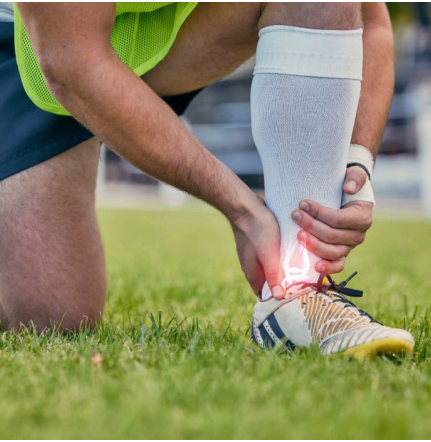Mindfulness and Exercise: A Soulful Combination
Introduction
Have you ever noticed how alive you feel after a good workout? Or how calm your mind becomes after a few minutes of deep breathing? Imagine blending those two powerful forces—exercise and mindfulness—into one soulful practice. Together, they create not just stronger bodies but also peaceful, resilient hearts.
Table of Contents
ToggleThis isn’t about chasing a perfect body. It’s about finding presence in movement, about letting exercise become a form of meditation that nourishes your soul as much as your muscles.

Understanding Mindfulness
Mindfulness is the art of being fully present. Rooted in ancient meditation practices, it teaches us to live in the now rather than being consumed by past regrets or future anxieties.
When we bring mindfulness into daily life, even simple acts like walking, breathing, or eating transform into deeper experiences. Neuroscience shows that mindfulness reshapes the brain, enhancing areas responsible for focus, calm, and empathy.

The Science Behind Exercise
Exercise is more than burning calories—it’s medicine for both body and mind. Physically, it strengthens muscles, boosts immunity, and sharpens endurance. Psychologically, it reduces depression, improves mood, and floods the brain with feel-good endorphins.
Movement is how our body expresses life. And when the mind and body work together, exercise shifts from being a chore to becoming a celebration of existence.
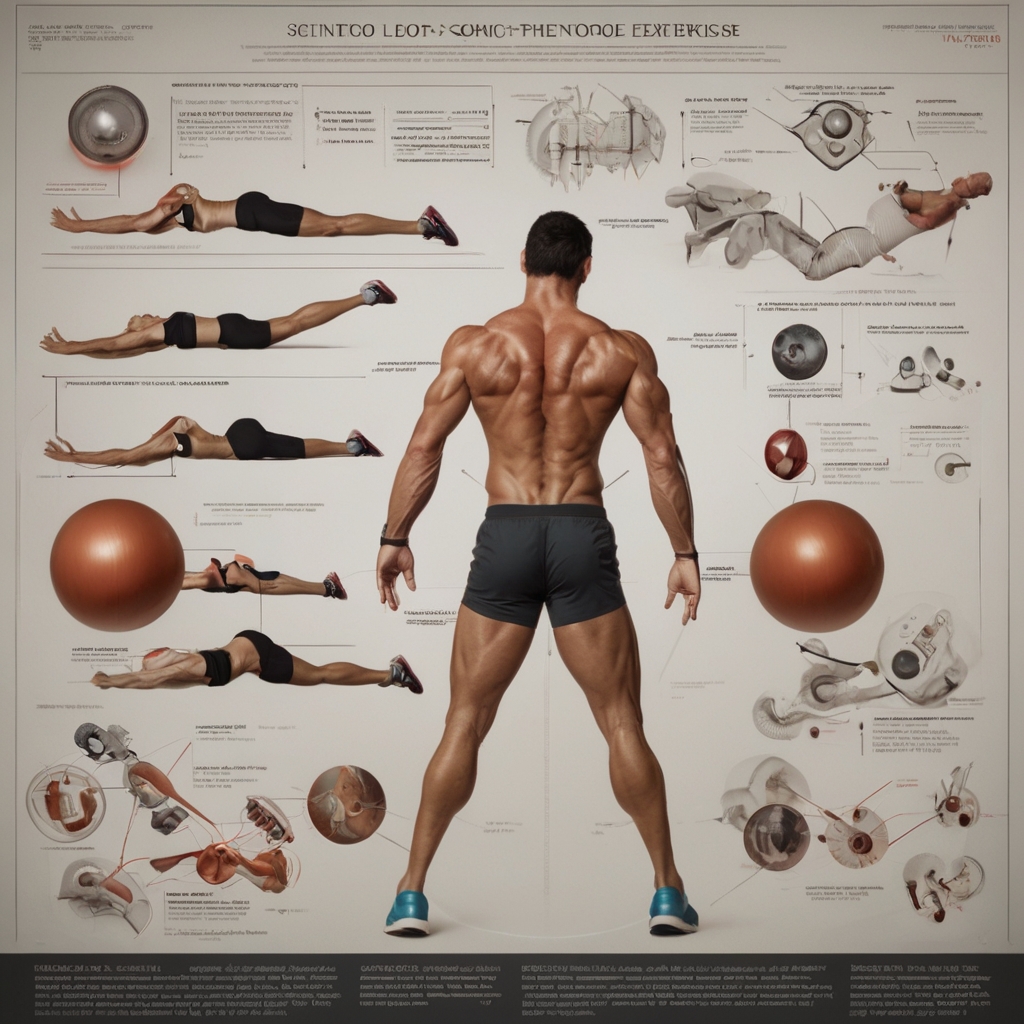
Why Combine Mindfulness and Exercise?
When we merge mindfulness with exercise, we step into a state of harmony. Each squat, each breath, each stride becomes sacred. Instead of rushing through workouts, we savor them, listening to our body’s whispers and responding with kindness.
Stress melts away, resilience grows, and suddenly, workouts become rituals of self-discovery rather than obligations.
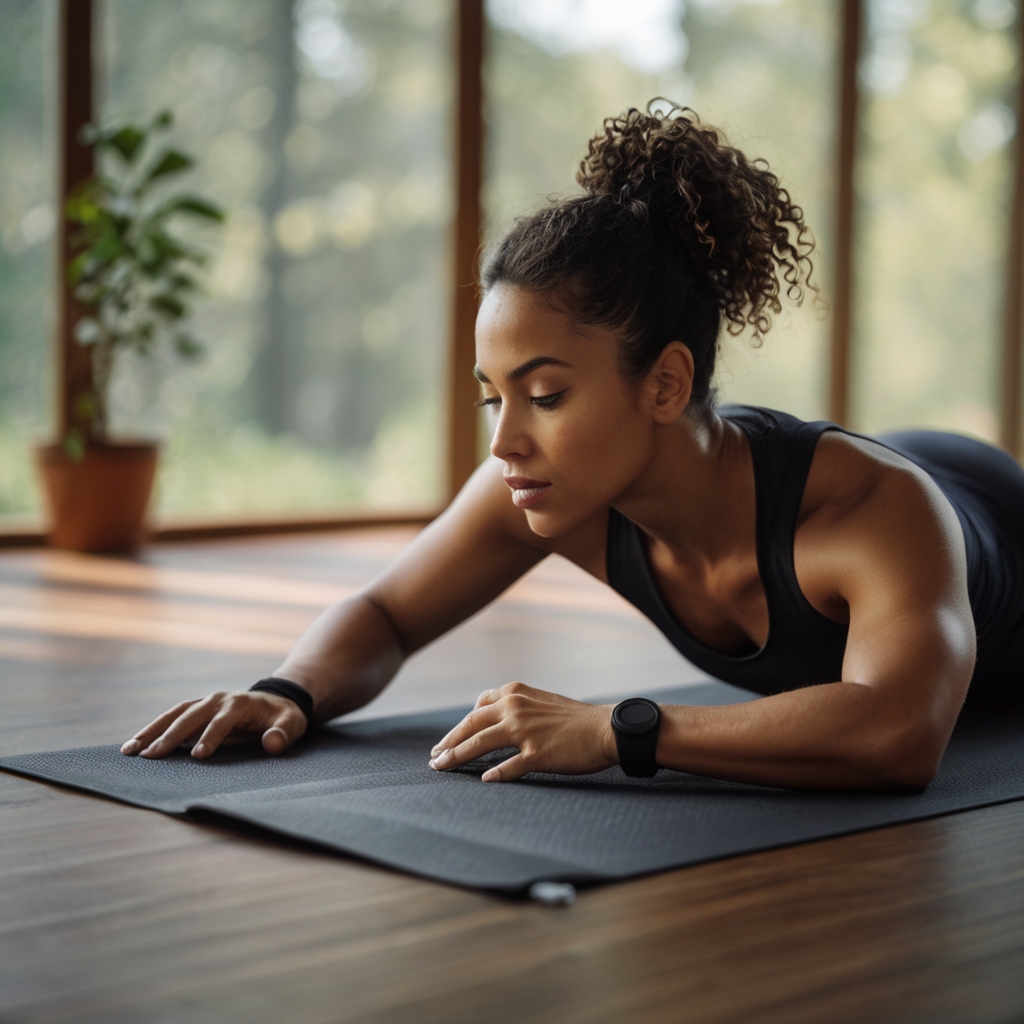
Mindful Movement Practices
Some forms of exercise are naturally infused with mindfulness:
Yoga unites breath, posture, and awareness.
Tai Chi and Qigong flow like rivers of energy, teaching balance and calm.
Walking meditation turns each step into a grounding anchor.
These practices remind us that exercise isn’t about rushing—it’s about tuning into the rhythm of our being.
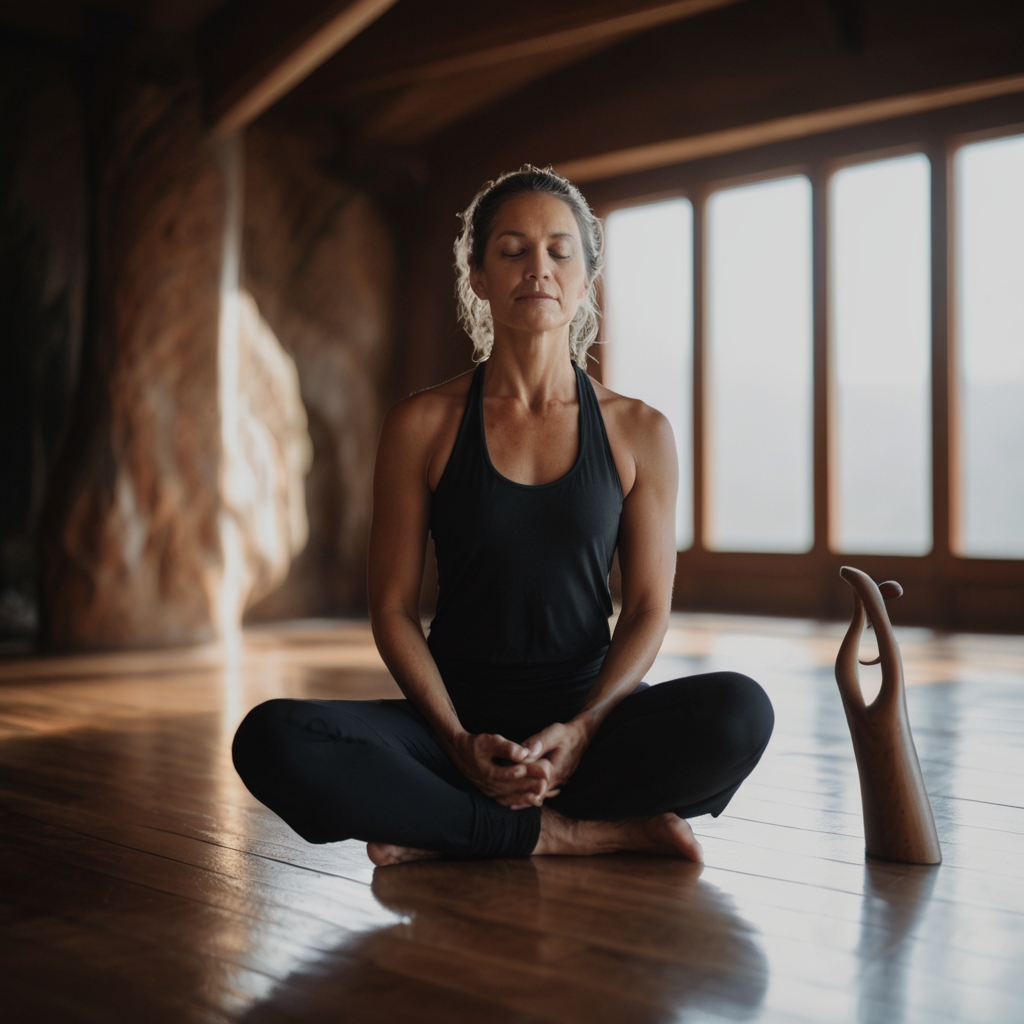
Bringing Mindfulness into Everyday Workouts
Mindfulness doesn’t need to stay on the yoga mat. You can bring it to any workout:
Running mindfully—feeling your feet hit the earth, syncing breath with steps.
Strength training mindfully—paying attention to each lift, each muscle contraction.
Stretching mindfully—allowing the body to release tension gently.
When we move with awareness, even a simple push-up becomes an act of meditation.
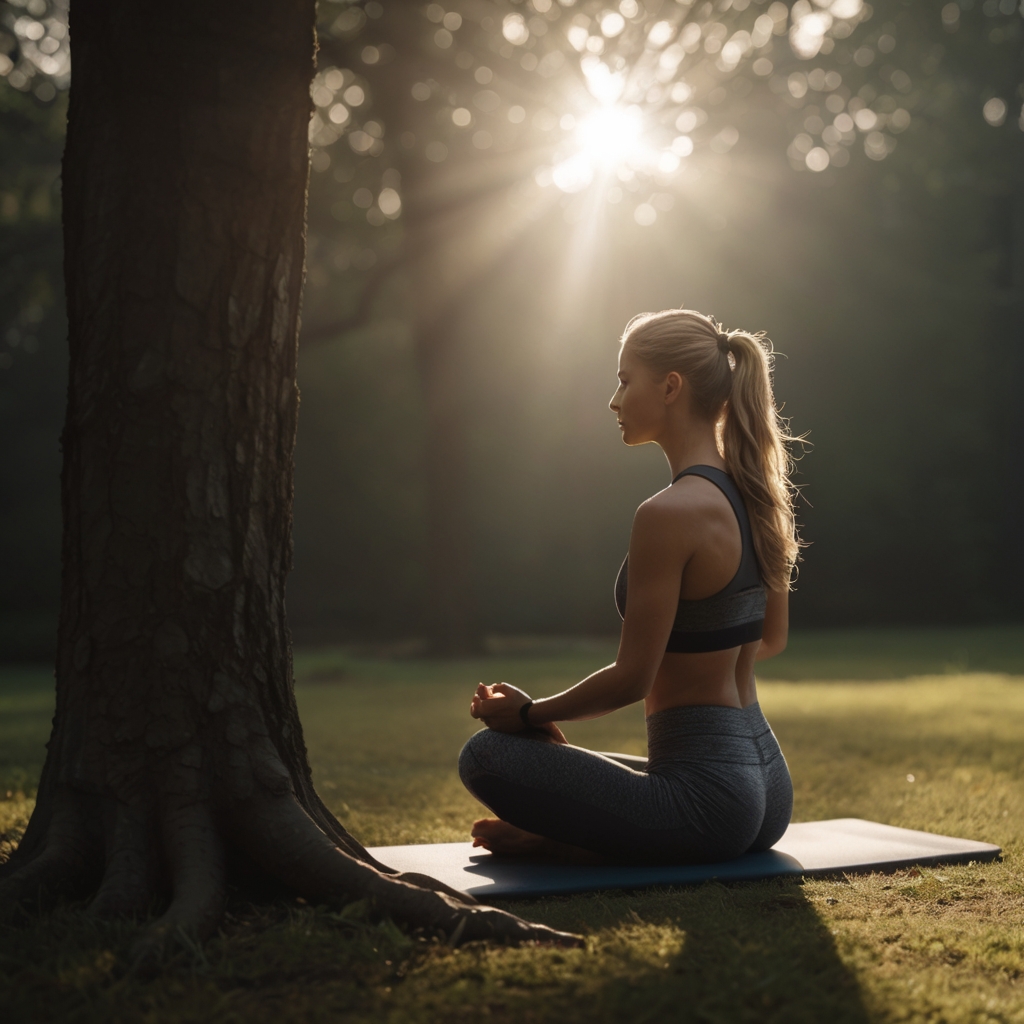
The Emotional Connection
Mindful exercise isn’t only about strength or flexibility. It’s about healing. Movement helps release stored emotions, while mindfulness helps us face them with compassion.
Through mindful workouts, gratitude blossoms—we stop punishing our bodies and start honoring them. Every drop of sweat becomes a love letter to ourselves.
The Role of Breath
Breath is the heartbeat of mindfulness. It anchors us, calms us, and fuels us.
In mindful exercise, breath isn’t an afterthought—it’s the guide. Deep breathing boosts endurance, calms the nervous system, and makes movement feel more effortless. With each inhale, we gather energy; with each exhale, we let go of resistance.
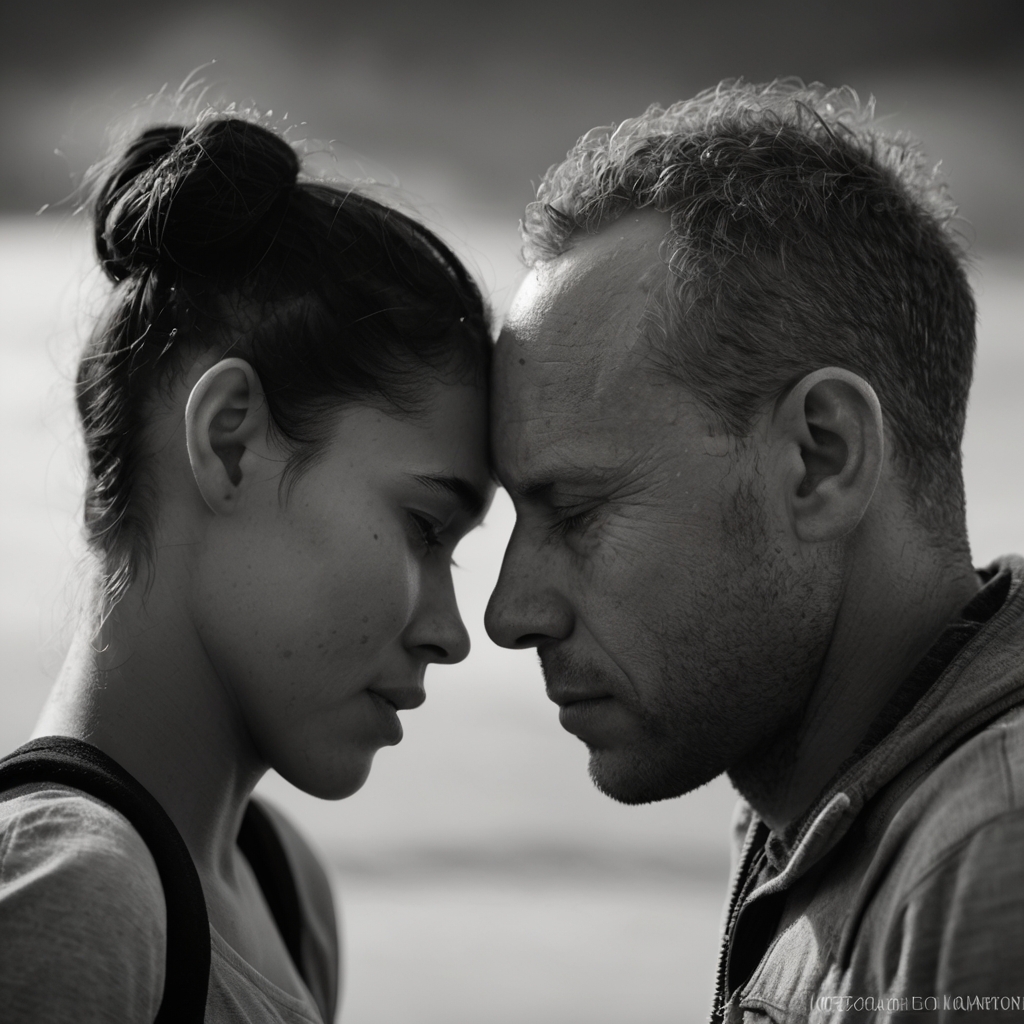
Overcoming Challenges
Of course, staying mindful isn’t always easy. When workouts feel tough, the mind wants to escape. Distractions creep in, autopilot takes over.
But that’s the beauty of mindfulness—it teaches us to return. Each time you notice your mind wandering and gently bring it back, you strengthen your mental muscles as much as your physical ones.
Mindfulness in Group Exercises
Practicing mindfulness in group workouts can be magical. Shared presence creates energy, like a collective heartbeat.
In competitive spaces, mindfulness encourages compassion over rivalry. It helps us cheer for others while staying rooted in our own journey. Together, we rise.

Real-Life Applications
Mindfulness and exercise benefit everyone:
Athletes sharpen focus and recover faster.
Professionals use mindful movement to reduce stress.
Everyday individuals find balance, joy, and peace in their routines.
Mindfulness doesn’t demand extra time—it simply asks you to show up differently to the time you already spend moving.
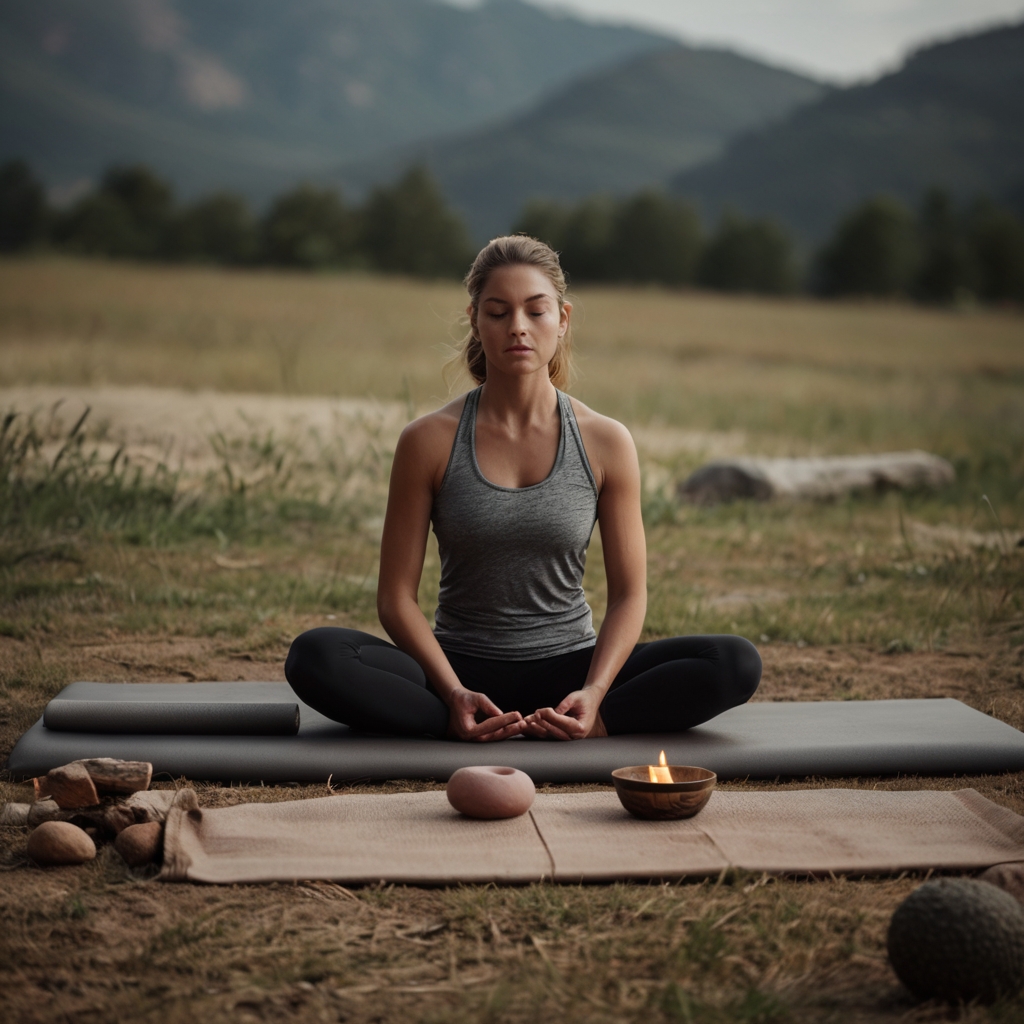
The Spiritual Dimension
Exercise can become more than physical—it can become spiritual. Each movement can be a prayer, each breath an offering, each stride a step toward inner peace.
In this way, workouts stop being about external goals and become journeys inward. They align body strength with soul serenity.
Practical Tips to Get Started
Set an intention before starting—ask yourself why you’re moving today.
Use guided meditations during your workout if focus slips.
Journal afterward—write about how your body and mind felt.
Even five mindful minutes can shift your entire day.

Long-Term Benefits
When mindfulness and exercise become habits, life transforms. Stress no longer rules you, your body feels lighter, your mind clearer. You gain not just health but also wisdom—wisdom to pause, breathe, and live deeply.
This soulful combination doesn’t just add years to your life—it adds life to your years.
Conclusion
Mindfulness and exercise together form a dance of presence and power. One strengthens the body, the other calms the mind. And when they merge, they awaken the soul.
It’s not about being perfect—it’s about being present. With every mindful movement, you create harmony, healing, and hope.
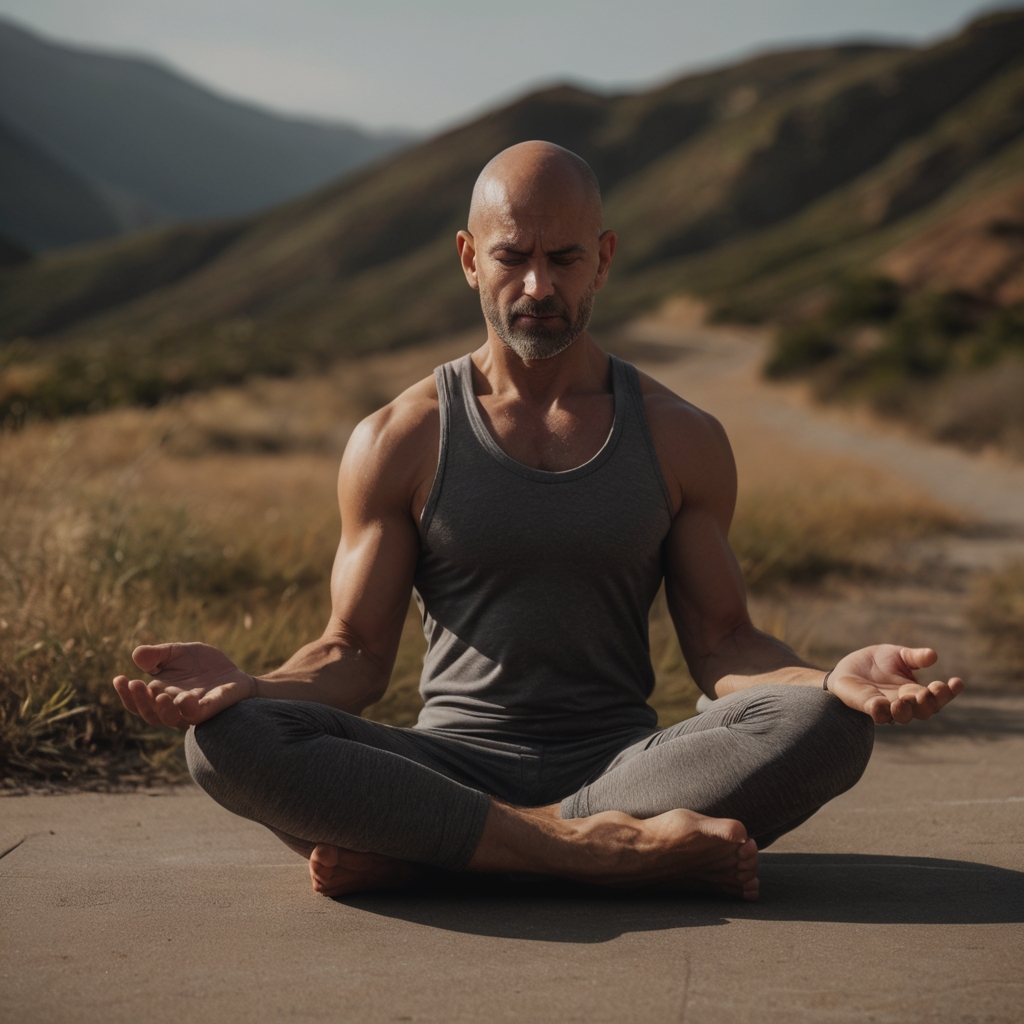
FAQs
1. How can beginners start with mindful exercise?
Start small—focus on your breath during a walk, or notice how your body feels during a stretch. Build from there.
2. What’s the difference between regular exercise and mindful exercise?
Regular exercise focuses on outcomes—calories, speed, reps. Mindful exercise focuses on the journey—the sensations, breath, and awareness in each moment.
3. Can mindfulness help with workout motivation?
Yes! Mindfulness shifts exercise from a “must-do” to a “get-to-do,” making it a more joyful, intentional practice.
4. Is yoga the only mindful workout?
Not at all. Any workout can be mindful—running, swimming, lifting weights—if done with awareness and presence.
5. How long should mindful exercise sessions last?
There’s no fixed rule. Even 10–15 minutes of mindful movement can make a huge impact. The key is presence, not duration.
Do you have to deal with Stiff Neck, Numb Feet and Toes, or Lower Back Pain as you are sitting at your desk?
You don’t have to anymore!
Make sure you read every word on this page, because the secret to relief from your stiffness and pain might be right here…
Sitting at a desk can affect your body’s natural ability to stay flexible and mobile, and you may notice these signs:
- Joint Pain & Stiffness: Daily aches in your knees, back, neck, and shoulders that make even the simplest movements feel like a hassle.
- Loss of Flexibility: Once you could easily touch your toes, now it feels like a distant memory.
- Posture Problems: Slumping shoulders and back pain that seem to get worse with every passing year.
- Lack of Energy: Feeling tired, fatigued, or just “stuck” in your body, even after a good night’s rest.
- Reduced Mobility: Difficulty getting in and out of chairs, bending over, or even walking long distances.
Make sure you read every word on this page, because the secret to relief from your stiffness and pain might be right here…
Sitting at a desk can affect your body’s natural ability to stay flexible and mobile, and you may notice these signs:
Joint Pain & Stiffness: Daily aches in your knees, back, neck, and shoulders that make even the simplest movements feel like a hassle.
Loss of Flexibility: Once you could easily touch your toes, now it feels like a distant memory.
Posture Problems: Slumping shoulders and back pain that seem to get worse with every passing year.
Lack of Energy: Feeling tired, fatigued, or just “stuck” in your body, even after a good night’s rest.
Reduced Mobility: Difficulty getting in and out of chairs, bending over, or even walking long distances- Click here for more info
